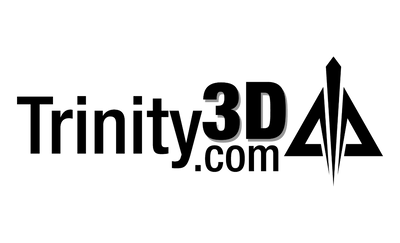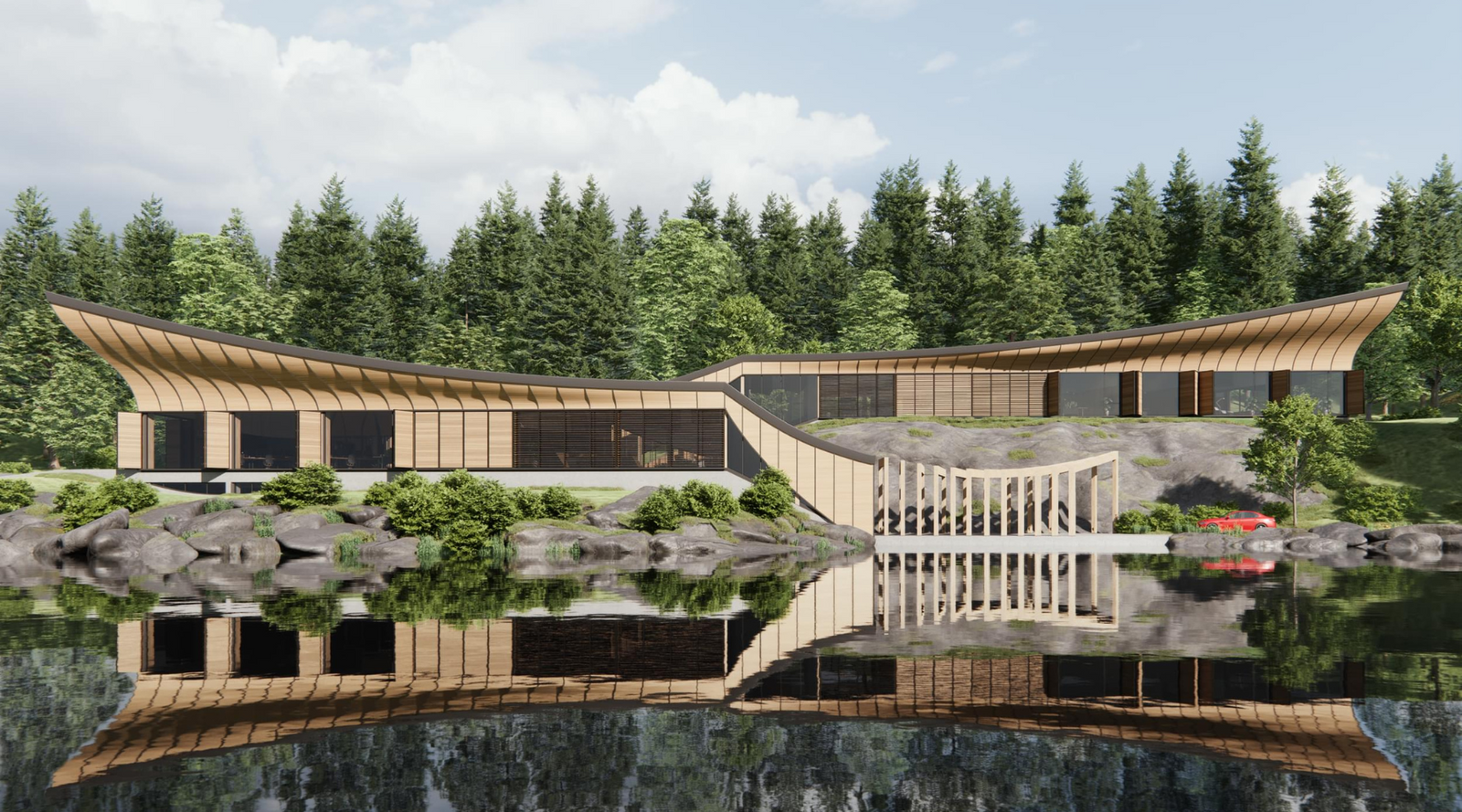The landscape of 3D rendering has been evolving rapidly, introducing more sophisticated, user-friendly, and technologically advanced solutions. These applications are not just tools; they are gateways to creating highly immersive and visually stunning environments that push the boundaries of digital art and design. Whether you're an architect, game designer, or digital artist, understanding the capabilities of the top 3D rendering applications can significantly enhance your workflow and output quality. This blog post delves into the top five 3D rendering applications, highlighting their key features and innovations that set them apart.
V-Ray: The Industry Standard
V-Ray has long been revered as the industry standard for its powerful rendering capabilities and flexibility across various industries, including film, architecture, and gaming. Known for its versatility, V-Ray offers seamless integration with popular 3D modeling software like SketchUp, Maya, and Blender, making it a preferred choice for professionals seeking high-quality renders.
Key Features
Photorealistic Rendering: V-Ray is renowned for its ability to produce renders that are indistinguishable from real-life photographs, thanks to its advanced ray tracing technology.
Real-Time Rendering: With V-Ray Vision, users can view real-time renderings of their scenes, allowing for immediate feedback and adjustments.
Vast Material Library: It boasts an extensive library of materials and textures, enabling users to add intricate details to their models with ease.
Lighting Accuracy: V-Ray's accurate lighting simulation tools help in creating realistic lighting effects, enhancing the overall realism of renders.
Enscape: Real-Time Rendering for Architects
Enscape has emerged as a favorite among architects and designers for its real-time rendering and virtual reality capabilities. It integrates directly with architectural design software like Revit, SketchUp, and ArchiCAD, streamlining the design and visualization process.
Key Features
Real-Time Walkthroughs: Enscape enables designers to explore their designs in real-time 3D, facilitating client presentations and design development.
Virtual Reality Support: With VR support, users can immerse themselves or their clients in the virtual environment, providing a unique perspective on the spatial dynamics of their designs.
Design Integration: Changes made in the design software are immediately reflected in Enscape, making it an efficient tool for iterative design processes.
Library of Assets: Enscape offers a vast library of assets, including detailed models of furniture, people, and vegetation, to bring scenes to life without the need for external resources.
Blender: The Open-Source Powerhouse
Blender stands out as a free, open-source 3D creation suite that supports the entirety of the 3D pipeline—modeling, rigging, animation, simulation, rendering, compositing, and motion tracking, even video editing, and game creation. Its built-in renderer, Cycles, offers a powerful, unbiased path-tracer engine for stunning ultra-realistic rendering.
Key Features
Comprehensive 3D Suite: Blender is a one-stop-shop for all things 3D, eliminating the need for multiple software solutions.
Eevee & Cycles: Blender includes two render engines; Eevee, a real-time renderer, and Cycles, an advanced ray-tracing renderer, catering to diverse project needs.
Regular Updates & Community Support: Being open-source, Blender receives regular updates and features developed by the community, ensuring it stays at the cutting edge.
Volumetrics and Advanced Simulation: Blender excels in creating complex simulations, including fluids, smoke, hair, and particles, enriching the realism and dynamism of scenes.
Unreal Engine: Beyond Gaming
Unreal Engine by Epic Games, initially famed for game development, has transcended its roots to become a formidable tool in architectural visualization, film production, and interactive media. Its real-time rendering capabilities, powered by the Unreal Engine, provide immediate visual feedback, essential for creative iterations.
Key Features
Photorealistic Visuals in Real-Time: Unreal Engine's real-time rendering capabilities allow for the creation of cinematic-quality visuals and animations.
Dynamic Lighting and Atmospheric Effects: It features advanced lighting and shadow simulation tools, enabling the creation of complex, dynamic environments.
Vast Marketplace: The Unreal Engine Marketplace offers a wide range of assets and tools, empowering creators to enhance their projects with high-quality elements.
Blueprint Visual Scripting: With Blueprint, non-programmers can create complex interactions and behaviors in their scenes, making it accessible to a broader audience.
Autodesk 3ds Max: The Modeling Marvel
Autodesk 3ds Max is renowned for its robust modeling capabilities, comprehensive feature set, and flexibility, catering to professionals in gaming, film, and architectural visualization. Its powerful rendering engines, including the Arnold renderer, provide high-quality outputs that bring projects to life.
Key Features
Extensive Modeling Tools: 3ds Max offers a wide array of modeling tools,allowing for the creation of complex geometries and intricate details with precision and efficiency.
Arnold Renderer Integration: Integrated with Autodesk’s Arnold renderer, 3ds Max delivers realistic images and animations with a simple, user-friendly workflow, emphasizing speed and scalability.
Particle Flow System: The software comes equipped with an advanced particle flow system, enabling artists to create sophisticated simulations of real-world phenomena, such as water, fire, and smoke.
Animation and Rigging Tools: 3ds Max excels in character rigging and animation tools, providing users with the ability to create and animate characters and objects with lifelike motion and behaviors.
Each of these 3D rendering applications offers unique strengths, catering to different aspects of the 3D rendering and visualization process. V-Ray is celebrated for its photorealistic outputs and broad compatibility with major 3D software. Enscape stands out for its real-time rendering and VR capabilities, particularly enhancing architectural and design workflows. Blender, being open-source, provides a comprehensive suite of tools for all stages of 3D production, offering flexibility and community support. Unreal Engine brings real-time, cinematic quality rendering to the table, expanding its reach beyond gaming into various visualization fields. Autodesk 3ds Max is noted for its superior modeling tools, animation capabilities, and integration with the Arnold renderer, making it a powerhouse for creating detailed and realistic visuals.
--
Selecting the right 3D rendering software depends on your specific needs, project requirements, and workflow preferences. Whether you prioritize real-time rendering, photorealism, comprehensive 3D creation tools, or specific integration capabilities, the market offers powerful solutions that continue to push the boundaries of what's possible in 3D visualization and digital creation.




